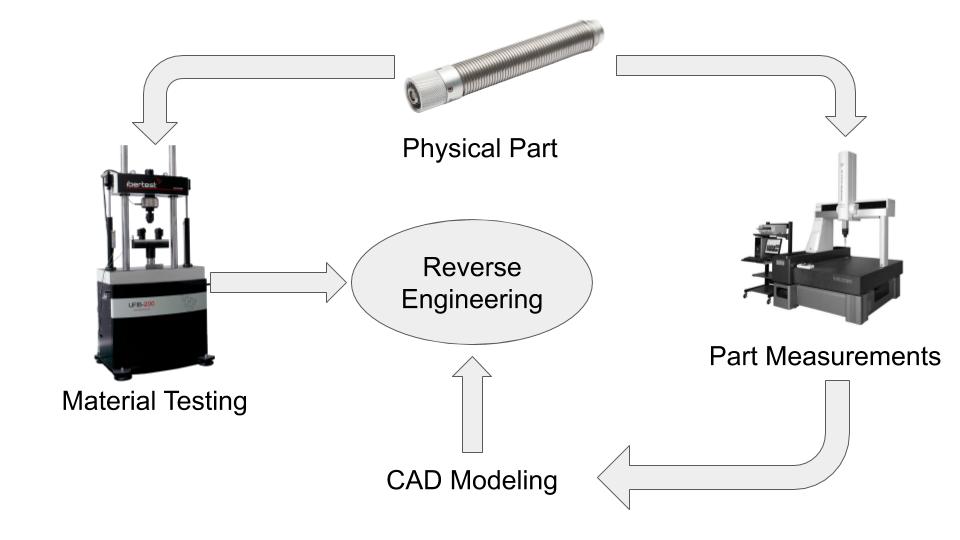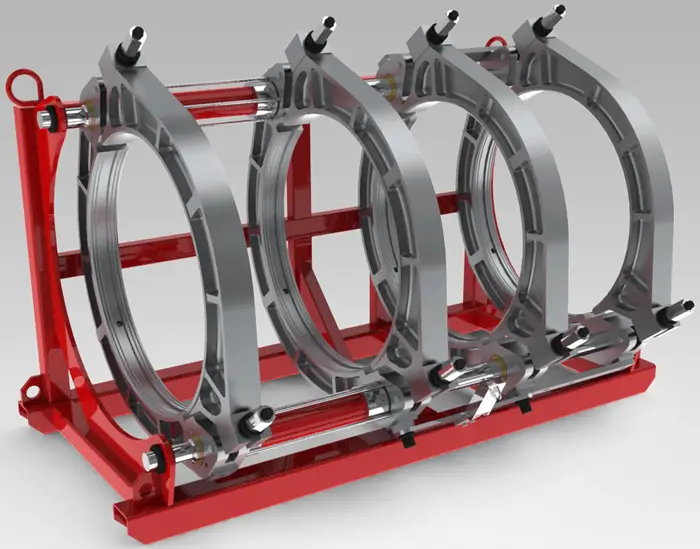Reverse Engineering for Analog Systems

Analog systems, with their intricate functionality and reliance on continuous signals, present a unique challenge for engineers seeking to understand their inner workings. Reverse engineering analog systems can be a complex task, but it is also an invaluable tool for troubleshooting, design improvement, and innovation.

Introduction

Reverse engineering an analog system involves deconstructing its functionality, identifying its components, and understanding how these components interact to produce the desired output. This process requires a combination of technical expertise, analytical reasoning, and the ability to extract meaningful information from complex system behavior.
Frequently Asked Questions (FAQs)
-
What are the key challenges of reverse engineering analog systems?
- Difficulty in measuring and interpreting analog signals
- Lack of documentation and schematics
- Non-linearity and other complex behaviors
-
What are the benefits of reverse engineering analog systems?
- Troubleshooting and identifying design flaws
- Improving system performance and efficiency
- Developing new or improved products
-
What tools are essential for reverse engineering analog systems?
- Oscilloscopes, probes, and signal analyzers
- Simulation software for virtual prototyping
- Automated test equipment (ATE) for high-volume testing
Key Subtopics
1. Signal Analysis
- Understanding the types and characteristics of analog signals
- Using oscilloscopes to capture and analyze waveforms
- Identifying frequency spectra, harmonics, and noise
2. Circuit Analysis
- Analyzing passive and active circuit components (resistors, capacitors, transistors, etc.)
- Understanding linear and non-linear circuit behaviors
- Troubleshooting and testing individual circuit components
3. System Identification
- Identifying the overall function and architecture of the system
- Using input and output signals to infer internal system parameters
- Applying mathematical models and simulation to verify understanding
4. Signal Processing
- Understanding the principles of analog filtering, amplification, and modulation
- Analyzing the effects of noise and distortion on signal quality
- Implementing signal processing techniques for data extraction and analysis
5. Component Characterization
- Measuring and evaluating the characteristics of individual components
- Identifying component tolerances, non-linearities, and temperature dependencies
- Creating component models for simulation and analysis
Conclusion
Reverse engineering analog systems is a complex but rewarding endeavor that can yield valuable insights into their functionality, performance, and design limitations. By understanding the principles and techniques involved, engineers can gain a deeper appreciation for the intricate world of analog electronics and unlock new possibilities for innovation and improvement.
Keyword Tags
- Reverse Engineering
- Analog Systems
- System Analysis
- Circuit Analysis
- Signal Processing
